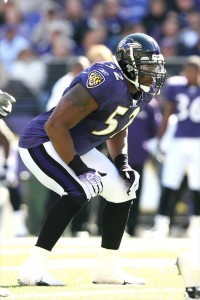Have you noticed how much more invested athletes are in the process these days? They have their scheduled practices and games. They work with dietitians and go for physiotherapy appointments. They'll check in with a sports psychologist and see a massage therapist to keep everything moving well. They're all in and do whatever it takes. And that can be a great thing. The downside is when specialization happens too soon. Or turns into a situation that we are so focused on uncovering every last thing that could contribute to additional gains that we skip over the basics. Consider the following... An athlete doesn't do any rolling, stretching, mobility work or cool downs and resets. Even if they are doing some of these things they start late, go through the motions or simply rush the process. The result is extra visits to the massage therapist to address what was skipped over in training. Or the athlete that doesn't eat whole, fresh foods but is seeking out the best protein powder or weight gainer. I have nothing against supplements but this isn't the place to start. There are more examples we could look at but you get the point. When we skip, or rush, the basics we end up having to come back and re-do or seek out another professional do something we could have addressed ourselves. One of the most basic things for all sports is the athletic position. [caption id="attachment_5241" align="aligncenter" width="200"] One of the greats, Ray Lewis, demonstrating ideal athletic position. To get into the athletic position we're looking for the following: feet hip width or slightly wider weight on the balls of the feet, slightly unloaded at the heels flexed ankle-knee-hip chest up eyes up and focused on the target or goalThe only we might coach differently from the image...
Defining the Basics
- Chris Collins
- Fitness
- 1806 Hits
- 0 Comments
-
Nowadays there seems to be an emphasis on being good at the basics. You'll hear quotes along the lines of this theme. For example, 'an inch wide, a mile deep' was one I heard from my friend Sal at UCLA. What he meant by this was that in the weight-room they spend a lot of time getting really good at a few movements such as the squat and deadlift rather being just average on a number of exercises. And it makes sense. Too often we see athletes, led by poor coaches, trying to do too much. Maybe it's too much load. Maybe it's too many exercises. Many it's too many different tools to learn to become proficient. Maybe it's just too much volume. It could be a combination of a number of these. So why does this happen? Well I guess part of it comes down to a coach not having confidence in their philosophy. It's a coach not believing in their own program. 'If we only do a few basic things really well surely we will be missing out on something?' So they throw everything and the kitchen sink at the athlete. And with these comes lots of tools and gear. And we defend this type of training by calling it 'functional'. And with this topic Occam's Razor comes to mind. This means that the simplest solution is usually the best. For example, if I want to get my legs really strong, squats are going to be a really good choice. The version and stance doesn't matter as much as the selection of the exercise in this case. They would be better than lunges or step ups. Squats give me the best chance to overload the legs with resistance and stimulate a strength gain. So squats would be an example...
